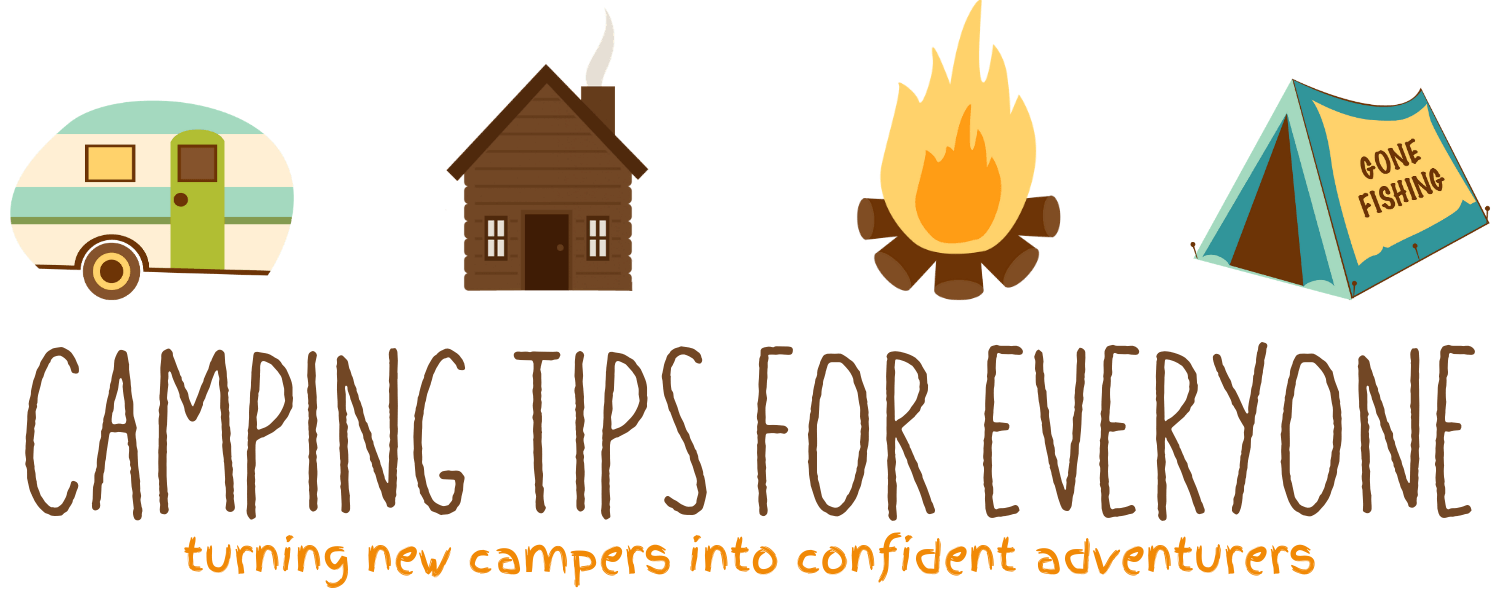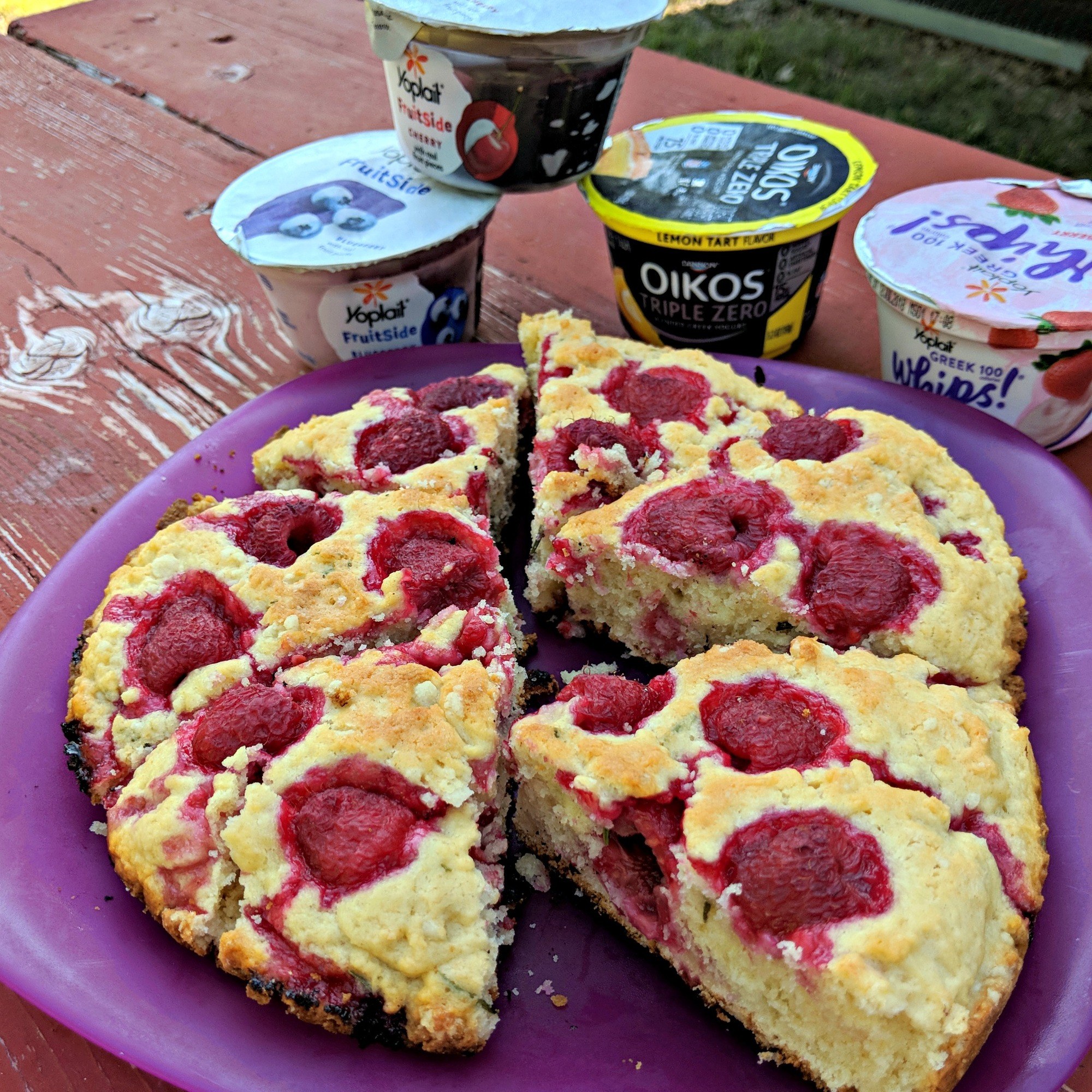How to Choose Camping Cookware
Last Updated on December 9, 2020 by Jody
When planning a hike or camping trip one of the most important considerations is what you will eat. And, along with that, how you will prepare your food.
Fortunately, this conundrum can be solved by choosing your utensils according to a few easy questions.

Read our review of the Camp & Cabin Cookbook!
How to Choose Camping Cookware for Your Outing
Keep these queries in mind as you plan your camping trip.
How long are you going to be camping?
Depending upon the length of the trip, you can choose what items you’re taking with you. If you’re alone or in small groups and headed out for the day, even disposable and recyclable items (like aluminum foil & pans) will serve you just fine.
For longer trips, sturdier materials are more suited for outdoors cooking and easy clean up, such as steel and cast iron.
What are you going to be cooking?
If your cooking plans are going to restrict themselves to warming up canned food, a deep cup and sharp-edged spork to eat with will suffice.
For more elaborate meals, cooking on the spit or barbecuing, larger sets of utensils are needed. But these can also be adapted well, with lids that double up as frying pans, double lids. Not only do these save space but also shorten cooking time and make cleaning up easier.
Small spits or roasting forks are very handy. They add to the recipe repertoire and also let you make snacks like toasted marshmallows without taking up space.

We love these extendable roasting sticks!
How many people are going with you?
This is a pretty important consideration. For 1-2 people, one pot is just fine. (Take an average estimate of 1 pint capacity per person being cooked for). For larger spreads, take 2-3 differently sized pots for simultaneous cooking.
How rough can you rough it?
Being out in nature doesn’t mean that you have to be deprived of every basic necessity (or tiny luxuries). Camping versions of the following appliances come in extra handy-
- French press. Small ones make 2 cups of coffee at a time, but a larger cafetière can make family size pots for breakfast.
- Cooking irons: for things like no-fuss quick sandwiches.
- Popcorn popper: although bulky, poppers are lightweight, for a classic camping snack. (If you are careful Jiffypop works well, too!)
- Dutch ovens: although large and heavy, Dutch ovens simplify cooking with hearty one pot meals. Use parchment paper and Dutch oven liners for minimal clean up after cooking.
What are your pots made of?
The material of your utensils will heavily influence what you cook and with how much ease.

Aluminium is standard for camping equipment because it is lightweight and a good conductor. But it can dent very easily and does not age well.
Stainless steel pots are stronger but can make cooking on an open fire frustrating. Their rapid and uneven heat conduction can result in food that’s simultaneously uncooked and burnt.
Plastic containers and bowls are lightweight and easy to clean, but you can’t cook in them.
Nonstick pans or nonstick coated pots scratch up easy and have a short life. But if you use them infrequently and carefully, they make cooking and washing up much easier.
Cast iron pots and skillets are ideal for cooking over an open fire. The more you use them, the better your food tastes, because as the pots age, they intensify flavour. Cast iron pots are heavier than other utensils but can double up for different styles of cooking. Whether you’re making a stew or some popcorn, both can be made in the same dish.
Where and how are you camping?
Different camping conditions call for different camping cookware.
- Solo hiking/camping trips: reheating food and simple meals can be made with no fuss in one pot. A deep dish thick-bottomed pan in which you can boil water and make quick meals will serve you best. There are plenty of one-pot recipes, so you can change up your meals a lot.
- Car and van camping: your range increases automatically because carrying the utensils isn’t a consideration anymore. A cast iron skillet, Dutch oven (or a crockpot version), lid lifters, and a kettle or percolator will all comfortably fit into your inventory.
Your larger pot should be at least 3L. Just reheating can be done in a smaller 750ml-1L version. You can even grill your food on camping grills. Camping and BBQs go hand in hand!
- Larger camper vans or RVs: usually have kitchens, so small to medium pots can be added to the list for occasional in-van cooking. Ideally, you should get cast iron or at least non-stick utensils. But keep grease screens handy, if you don’t have lids for them.
Keep Tupperware or plastic containers with you to store leftovers safely, and you’ll get multiple mealtimes out of one cooking session.
- Cabin camping: find out if the cabin has a kitchen first. Accordingly, you may need to take a small camping stove, a Dutch oven, at least one skillet, a sauce pan, and a kettle.

Dutch ovens let you cook and bake flexibly, as do cast-iron skillets, for everything from cornbread to cupcakes. Sieves and double lids will allow you to steam food or pop popcorn in the same pot, too.
About the Author
David Gray is a freelance writer with a massive passion for the outdoors and everything adventure. He publishes Best Tent for You where he covers all outdoors from camping to backpacking and everything in between.






